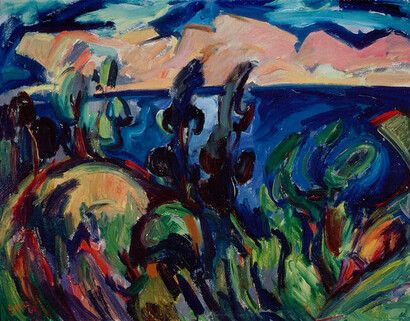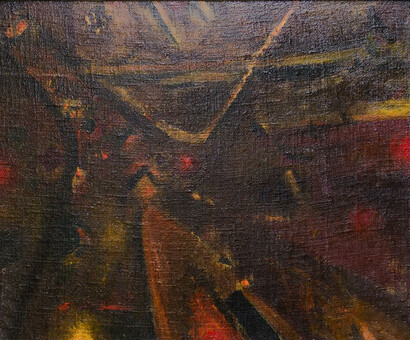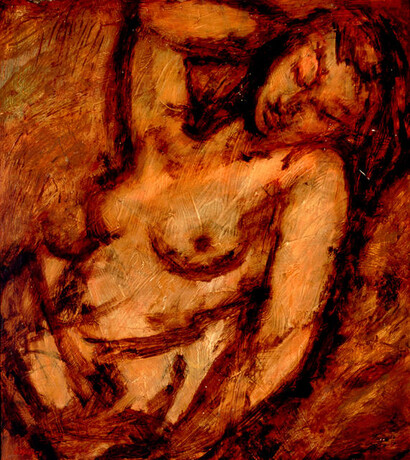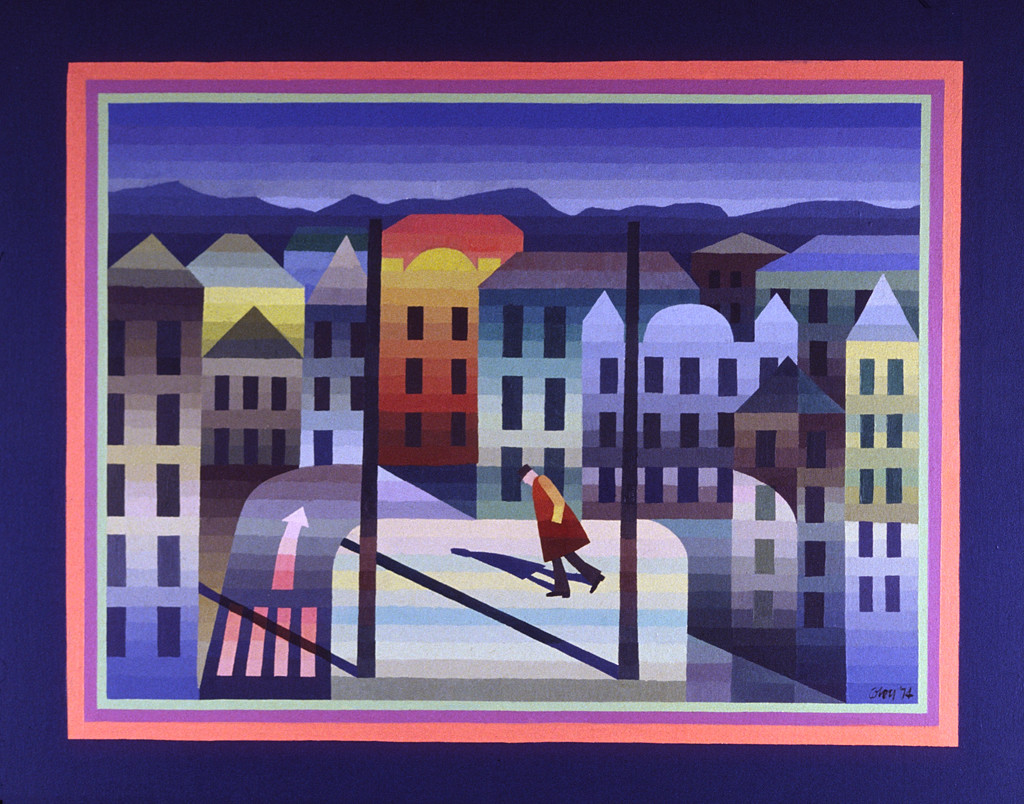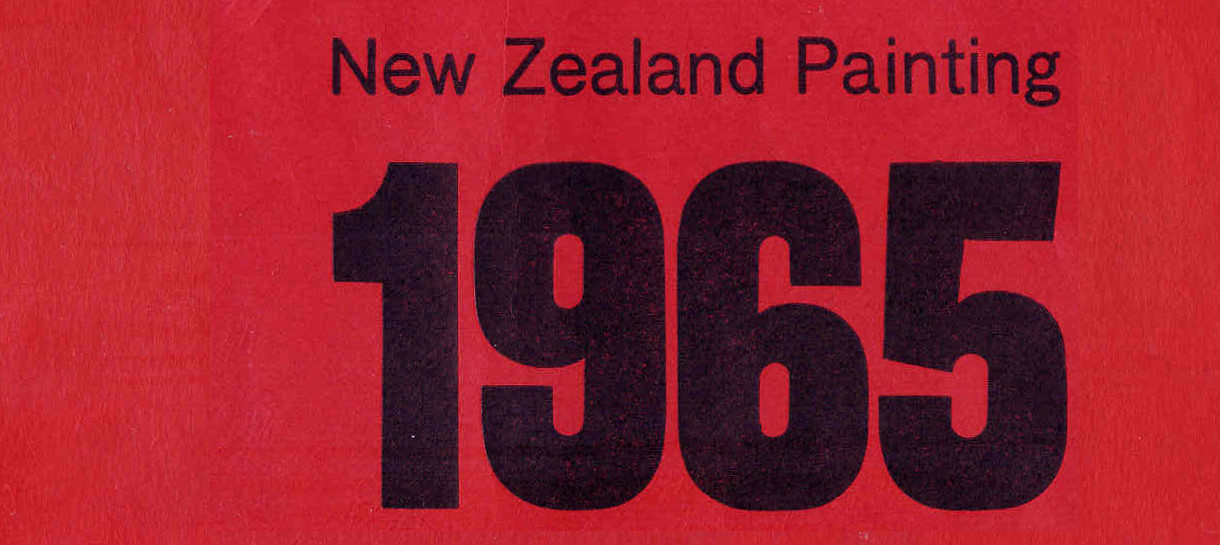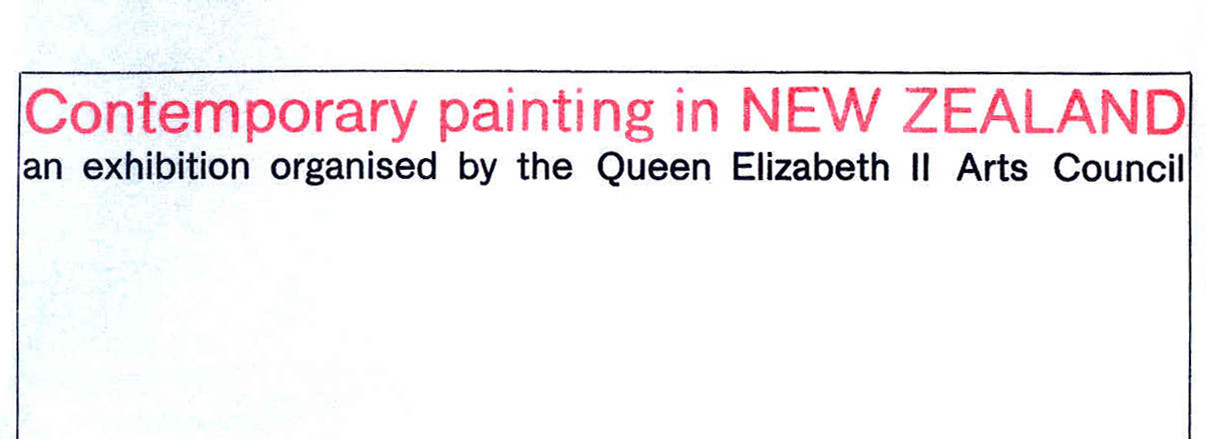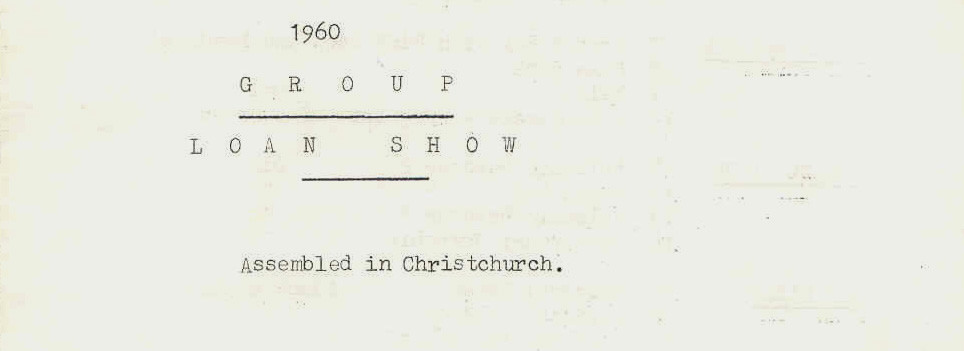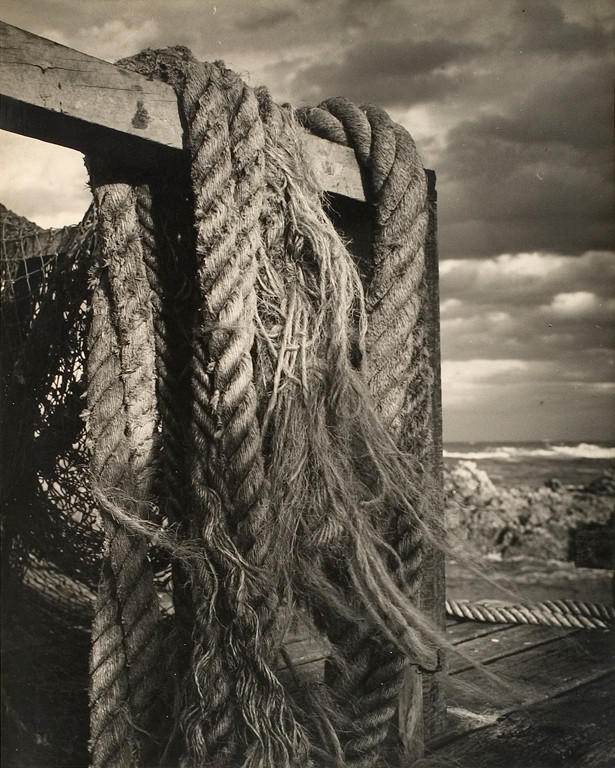This exhibition is now closed
Rudolf Gopas: A Painter and Teacher in Retrospect
4 August –
18 September 1983
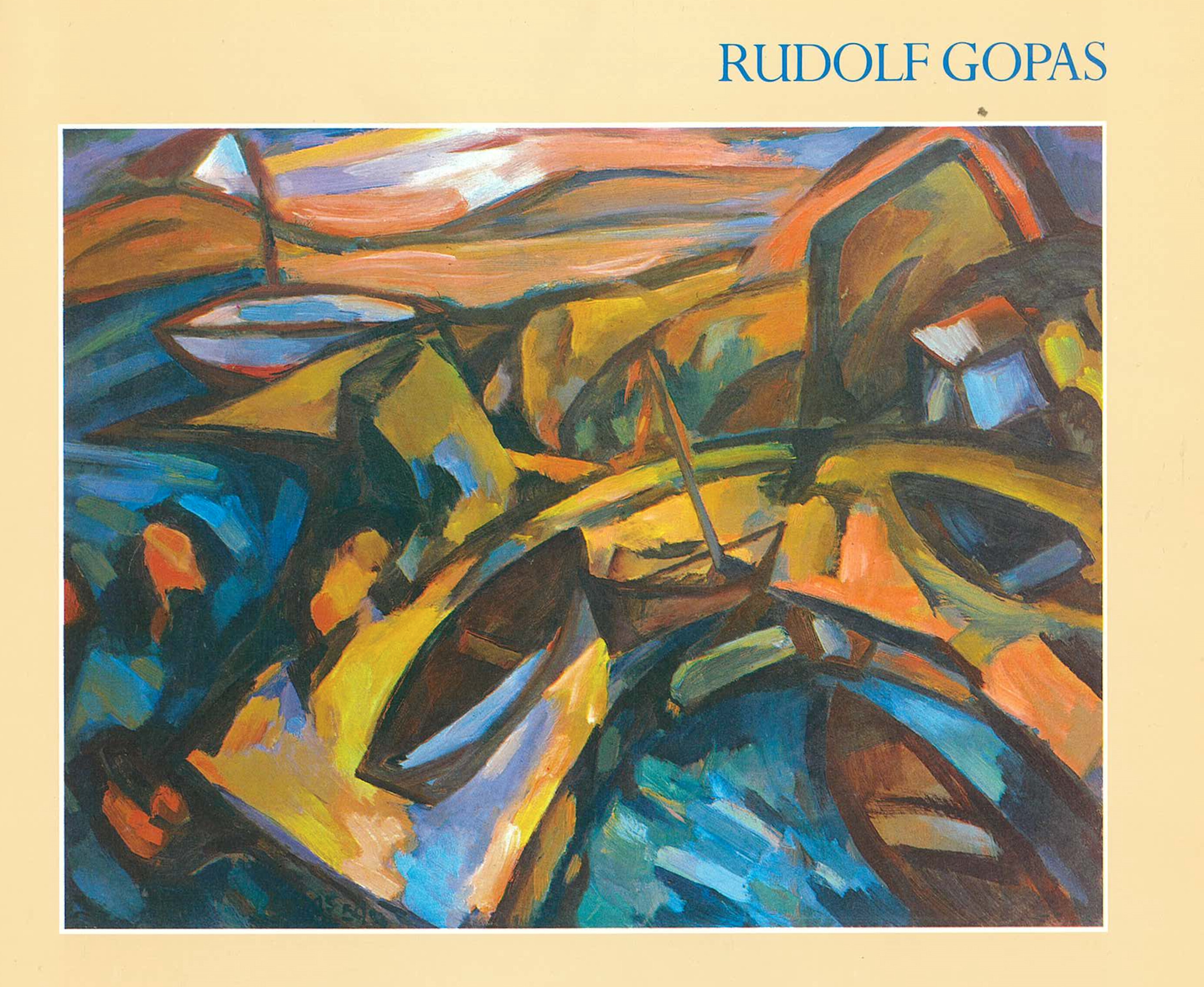
Cover image from the book dedicated to the exhibition
Rudolf Gopas must be considered one of the founding fathers of expressionism in contemporary New Zealand painting. This retrospective exhibition demonstrates Gopas' powerful influence upon a generation of painters which includes Fomison, Clairmont, Trusttum and Harris. The exhibition acknowledges Gopas' importance as a post-war New Zealand painter and has already secured for him a richly deserved respect from wider and younger New Zealand public.
Staff of New Plymouth's Govett-Brewster Gallery spent two years researching and bringing together this comprehensive view of Gopas' achievements, which is toured with the assistance of the Queen Elizabeth II Arts Council and the New Zealand Art Gallery Directors Council.
From the time of his arrival in New Zealand in 1949 Rudolph Gopas immersed himself in the task of interpreting the new country in which he had sought refuge from the upheavals he had experienced in Europe. His expressionist style, formed during his time on the Baltic coast was applied to harbour scenes from Lyttelton to Kaikoura, although other European influences are evident. He supported himself and his New Zealand wife Crinee by working as a photographic retoucher and painting watercolour portraits. His home became a regular gathering place for a young generation of artists as Gopas brought a European enthusiasm for strong coffee and equally strong intellectual arguments to the Christchurch art world.
Appointed as a lecturer in painting at the Canterbury University School of Fine Art, Rudolph Gopas was revered by a circle of young followers and feared by some for his uncompromising standards. His views were often expressed with an acid directness crushing to less sturdy souls.
He encouraged the talented and championed the inclusion of younger artists in the prestigious annual group exhibitions. Two of the many artists who benefitted from his teaching are Philip Trusttum and Philip Clairmont. They in turn have conveyed his painterly expressionism to a new generation
Towards his retirement in 1976, his lifelong passion for astronomy emerged as the basis for his "Galactic Series" and the "Living Sun" works. Then Gopas turned from his potential of paint to express his ideas, developing a unique mixture of illustrated poetry and astronomy in hand coloured Xerox prints. These, because of their visionary intensity and compelling visual style, are reminiscent of Blake's illustrated poems.
('Rudolf Gopas', Bulletin, No.28, July/August 1983, p.2)
Exhibition number: 305
